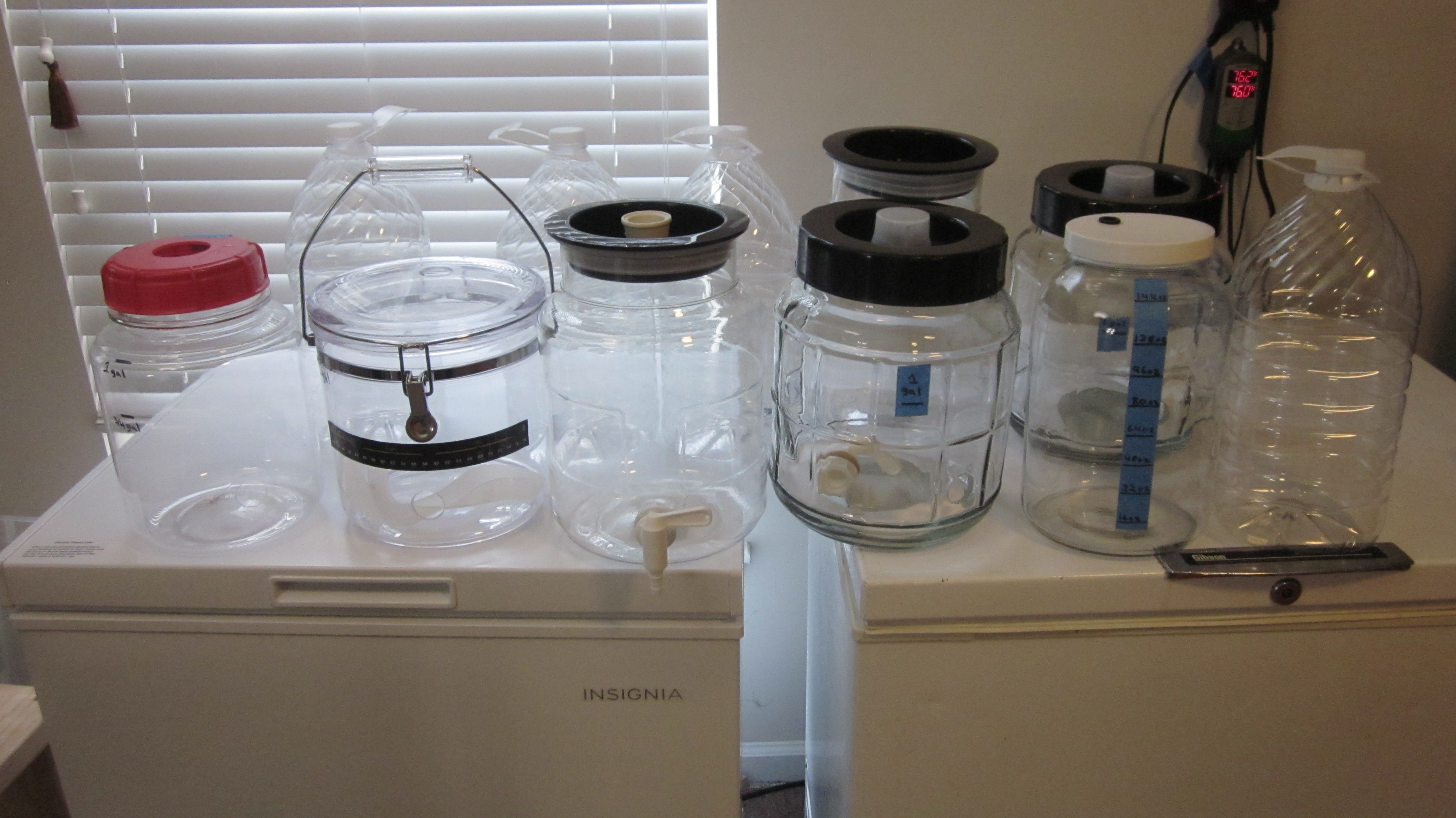Priming individual bottles is just the worst way to bottle beer. First you have a sanitation concern. When we batch prime we boil all the sugar in a small amount of water and stir it into the beer in the bottling bucket. When we bottle prime we put raw sugar in every bottle using the same spoon or measure. Second, when we batch prime we make one meaurement. When we bottle prime we make multiple tedious measurements. And hope we’ve done the math right.
YMMV, but people have been making beer for ages without all the sanitary and closed system practices that are recently popular. Plenty of breweries still open ferment and then transfer to clearing/bottling line tanks. Many beer making books still demonstrate going from a fermenter to a bottling bucket where priming sugar is added, the solution is stirred and then transferred to bottles. No CO2 purging required. The little bit of oxygen you would get in the process is needed by the yeast remaining in the wort to convert the priming sugar to CO2 in the bottles. Is there a huge quality difference in the beer made with this process vs forced carbonation? Subjectively maybe, but technically or realistically, no. Could it have an impact on the "freshness" of the beer in a month or so? Maybe, but who wants to drink month old beer anyways? It's always best right out of the bright tank. Best example of that is Harpoon Winter Warmer. Totally different taste getting it fresh at the brewery vs the bottled beer by the time it hits the packie. That is one of the reasons I switched to smaller batches myself. I prefer fresh beer, not something that has been sitting a year in bottles or a keg.




















![Craft A Brew - Safale BE-256 Yeast - Fermentis - Belgian Ale Dry Yeast - For Belgian & Strong Ales - Ingredients for Home Brewing - Beer Making Supplies - [3 Pack]](https://m.media-amazon.com/images/I/51bcKEwQmWL._SL500_.jpg)





































